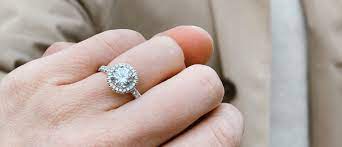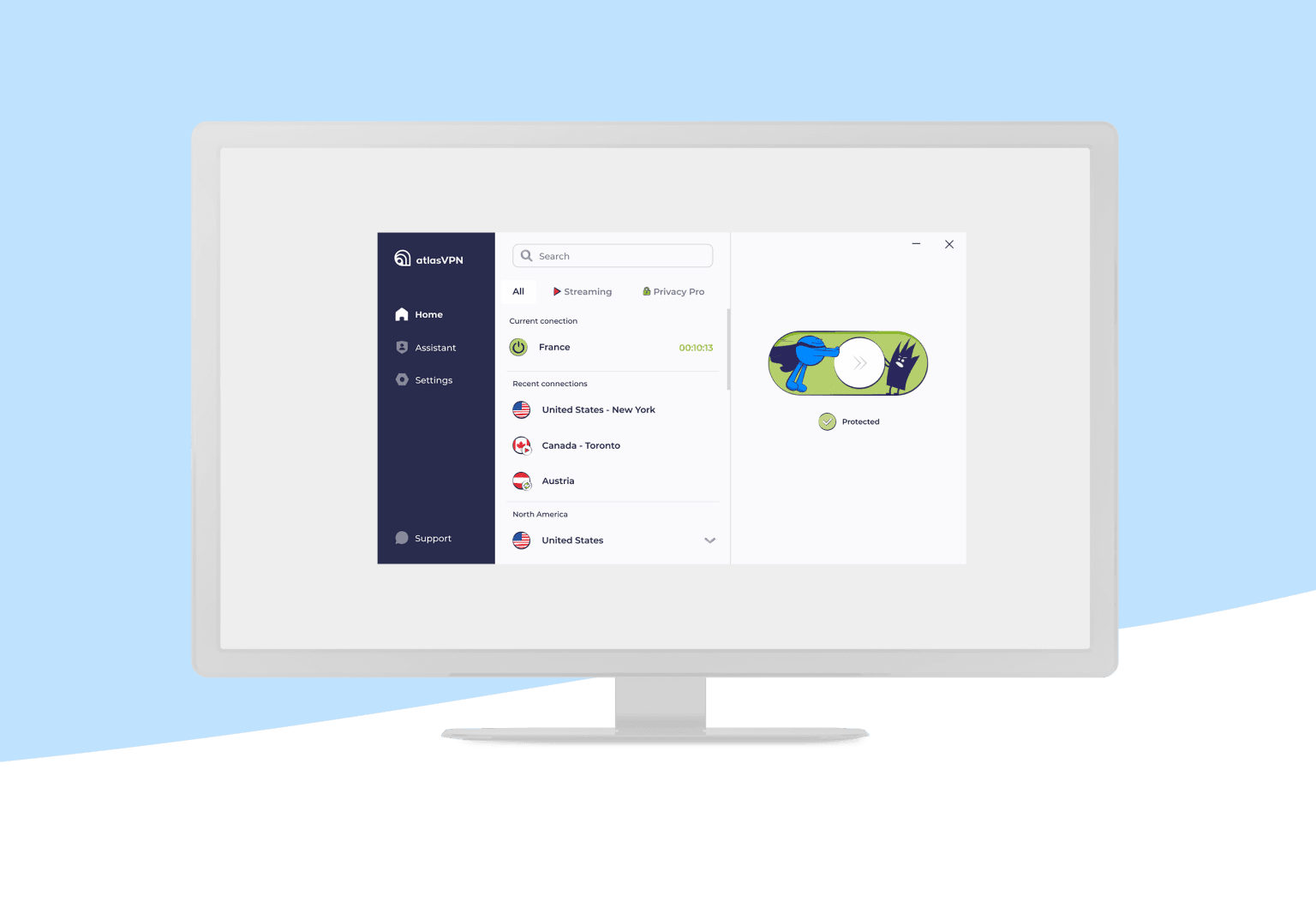The Ultimate Guide to Conditioners: Everything You Need to Know for Healthy Hair
Whether you have straight, wavy, curly, or coily hair, understanding the role of conditioner can make a significant difference in the health and appearance of your hair.
Conditioners are an essential part of any hair care routine, yet many people overlook their importance or use them incorrectly. Whether you have straight, wavy, curly, or coily hair, understanding the role of conditioner can make a significant difference in the health and appearance of your hair. This article will delve deep into what conditioners are, their types, benefits, and how to choose the right one for your hair type.
What is Conditioner?
Conditioners are hair care products designed to improve the texture and manageability of hair. They work by coating the hair shaft, providing moisture, and helping to detangle strands. While shampoos cleanse the hair, conditioners focus on replenishing moisture, smoothing cuticles, and reducing frizz.
Conditioners can also help in restoring the hair’s natural oils stripped away during the washing process. They can make hair feel softer, smoother, and easier to style, enhancing its overall health and appearance.
The Importance of Using Conditioner
-
Moisture Retention: Conditioner helps retain moisture in your hair. This is particularly crucial for dry or damaged hair, which can become brittle and prone to breakage without adequate hydration.
-
Detangling: Conditioners provide slip, which makes it easier to detangle hair. This is essential for preventing breakage during the combing or brushing process, especially for those with longer hair.
-
Frizz Control: Conditioning products help to smooth the hair cuticle, reducing frizz and flyaways. This is particularly beneficial for individuals with curly or wavy hair, as these hair types are often more prone to frizz.
-
Heat Protection: Some conditioners come with added benefits, such as heat protection. Using a conditioner that offers heat protection can safeguard your hair from damage caused by styling tools.
-
Enhanced Shine and Luster: Conditioners can enhance the natural shine of your hair by smoothing the cuticle. This can make hair appear healthier and more vibrant.
Types of Conditioners
There are several types of conditioners available on the market, each designed for specific needs and hair types. Understanding the different types of conditioners can help you choose the right product for your hair.
1. Rinse-Out Conditioners
Rinse-out conditioners are the most common type of conditioner. After shampooing, you apply this product to your hair, allow it to sit for a few minutes, and then rinse it out. They are designed to provide immediate moisture and detangling benefits.
Best For: Most hair types, especially those looking for quick hydration and manageability.
2. Leave-In Conditioners
Leave-in conditioners are lightweight formulas that remain in your hair after washing. They provide ongoing moisture, help with detangling, and can also offer additional benefits like heat protection and frizz control.
Best For: Dry, curly, or textured hair types that require extra moisture and manageability throughout the day.
3. Deep Conditioners
Deep conditioners, or hair masks, are intensive treatments designed to penetrate the hair shaft and provide deep hydration. They usually require a longer application time, often between 15 minutes to an hour, and are ideal for restoring damaged or overly dry hair.
Best For: Chemically treated, heat-damaged, or severely dry hair in need of extra moisture and repair.
4. Co-Wash Conditioners
Co-wash conditioners are designed specifically for cleansing and conditioning in one step. These products are often sulfate-free and provide a gentle cleanse without stripping the hair of its natural oils.
Best For: Curly or textured hair types that need regular moisture without the harsh effects of traditional shampoos.
5. Color-Protecting Conditioners
These conditioners are formulated to help protect and maintain color-treated hair. They often contain UV filters and ingredients that prevent color fading and help preserve vibrancy.
Best For: Color-treated hair to prolong the life of the color and keep it looking fresh.
How to Choose the Right Conditioner for Your Hair Type
Choosing the right conditioner is crucial for achieving healthy, manageable hair. Here are some tips to help you select the best product for your specific hair type:
1. Identify Your Hair Type
-
Straight Hair: Look for lightweight conditioners that won’t weigh your hair down. Products with volumizing properties can also be beneficial.
-
Wavy Hair: Choose a medium-weight conditioner that provides moisture without causing frizz.
-
Curly Hair: Opt for rich, moisturizing conditioners that provide hydration and help define your curls.
-
Coily Hair: Seek out heavy, creamy conditioners that offer deep hydration and nourishment.
2. Consider Your Hair Concerns
-
Dryness: Look for products with moisturizing ingredients like oils (argan oil, coconut oil) or butters (shea butter).
-
Damage: Choose conditioners with protein ingredients (keratin, silk proteins) to help repair and strengthen the hair.
-
Frizz: Consider silicones or anti-frizz ingredients that smooth the hair cuticle and reduce flyaways.
3. Check the Ingredients
Always read the ingredient list. Look for conditioners that contain beneficial ingredients, such as:
-
Natural Oils: Argan oil, jojoba oil, or almond oil for hydration.
-
Humectants: Glycerin and aloe vera can attract moisture to the hair.
-
Proteins: Hydrolyzed proteins help strengthen the hair shaft.
4. Avoid Harsh Ingredients
Steer clear of conditioners with sulfates, parabens, and alcohols that can strip moisture and damage the hair.
How to Properly Use Conditioner
Using conditioner correctly is key to maximizing its benefits. Follow these steps for optimal results:
1. Shampoo First
Always start with a cleansing shampoo. This removes dirt, oil, and product buildup, allowing the conditioner to work more effectively.
2. Squeeze Out Excess Water
After rinsing out the shampoo, gently squeeze excess water from your hair. This will help the conditioner adhere better to your strands.
3. Apply Evenly
Distribute the conditioner evenly through your hair, focusing on the mid-lengths and ends. Avoid applying directly to the scalp, as this can weigh hair down.
4. Leave It On
Allow the conditioner to sit for a few minutes to penetrate the hair shaft. For deep conditioners, consider using a shower cap to create heat, which enhances absorption.
5. Rinse Thoroughly
Make sure to rinse out the conditioner thoroughly. Leaving any residue can lead to buildup, which may make hair look dull and lifeless.
The Role of Conditioners in a Healthy Hair Care Routine
Integrating conditioner into your hair care routine can significantly improve the health and appearance of your hair. Here are some additional tips to maximize its benefits:
1. Consistency is Key
Use conditioner every time you wash your hair. Regular conditioning helps maintain moisture levels and prevents dryness.
2. Adjust Based on Season
Your hair’s needs may change with the seasons. In winter, hair may require heavier moisturizers due to dry air, while summer may call for lighter formulas.
3. Mix and Match Products
Don’t hesitate to mix different types of conditioners. For instance, you can use a rinse-out conditioner followed by a leave-in for added moisture and protection.
4. Consider Your Styling Products
If you regularly use heat styling tools or chemical treatments, you may need to use deeper conditioners more frequently to combat damage.
5. Seek Professional Advice
If you’re unsure about which products are best for your hair type, consider consulting a hair care professional or stylist for personalized recommendations.
Common Misconceptions About Conditioners
There are several misconceptions about conditioners that can lead to improper use. Let’s address a few of these:
1. Conditioners Weigh Hair Down
While it’s true that some heavy conditioners can weigh hair down, many lightweight options are available. The key is to choose the right product for your hair type.
2. You Only Need Conditioner if You Have Damaged Hair
All hair types benefit from conditioning. Even healthy hair can become dry and brittle without regular moisture.
3. Conditioner Should Only Be Used After Shampooing
While it’s standard practice, some people with very dry or textured hair may benefit from co-washing, which involves using conditioner as a cleansing agent.
Conclusion
Conditioners in UK are a vital part of any hair care routine, providing essential moisture, detangling, and protection against damage. By understanding the different types of conditioners and how to choose the right one for your hair type, you can enhance the health and appearance of your hair. Remember to use conditioner consistently and adjust your routine based on your hair’s changing needs.
For more personalized recommendations, explore [Purely You UK], where you can find a wide range of conditioners tailored to various hair types and concerns.
What's Your Reaction?





















